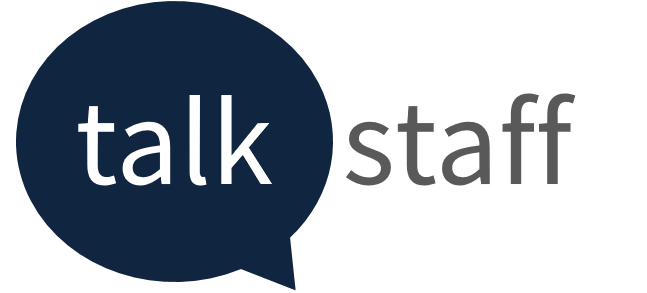The UK government has introduced legislation to assist employers with the cost of paying employees who are self-isolating due to symptoms of COVID-19, either as a household or an individual and inline with updated guidance.
29 October 2020: HMRC has updated its guidance in relation to the Coronavirus Statutory Sick Pay (SSP) Rebate Scheme, to confirm that employers may ask employees to provide a ‘shielding note’ or letter from their doctor or health authority, because employees are not required to provide a doctor’s fit note in order for their employer to make a claim. Individuals who are advised to shield are told to do so because they’re at high risk of severe illness from coronavirus. The most recent guidance on payment of SSP for shielding is that shielding is still grounds for payment of SSP in areas in which local lockdown is being imposed, but has been paused on a national level. How this translates in terms of covid risk rate tiers is not yet known but if employees are provided with a shielding note or letter then this can be sufficient grounds to pay SSP.
Important Changes to SSP – Including ‘Waiting Days’
Under the latest changes, those employees who are absent due to COVID-19 are also entitled to waiting days being paid. Many systems may not be able to calculate this, therefore you’re advised to pay this as a manual component.
For clients of Talk Staff Payroll, where possible, we are actively tracking absences related to this virus in an effort to produce reports once HMRC opens up their portal to reclaim this money.
From 6th April 2020 – The new rate of Statutory Sick Pay (SSP) is £95.85 per week.
Proof of Sickness – Including ‘Isolation Notes’
If your employees have COVID-19 or are advised to stay at home due to early signs and symptoms of it, they can get obtain ‘isolation note’ by visiting NHS 111 online, rather than visiting a doctor. For COVID-19 cases this replaces the usual need to provide a ‘fit note’ (sometimes called a ‘sick note’) after 7 days of sickness absence.
The self-certicate period of up to 7 days still applies and this can be used in replacement of this, where only 7 days is advised and not 14 days as required by the guidance (at the time of writing this).
Reclaiming SSP from HMRC for COVID-19
In 2014, the UK government removed the ability for employers to claim SSP (statutory sick pay) against national insurance contributions, as part of changing legislation. However, employers were still expected to pay the sick pay inline with existing rules and regulations.
HMRC is soon to open their portal for employers to reclaim this money and information that potentially need includes:
- the reason why an employee could not work
- details of each period when an employee could not work, including start and end dates
- details of the SSP qualifying days when an employee could not work
- National Insurance numbers of all employees who you have paid SSP to
You’ll have to keep these records for at least 3 years following your claim.

